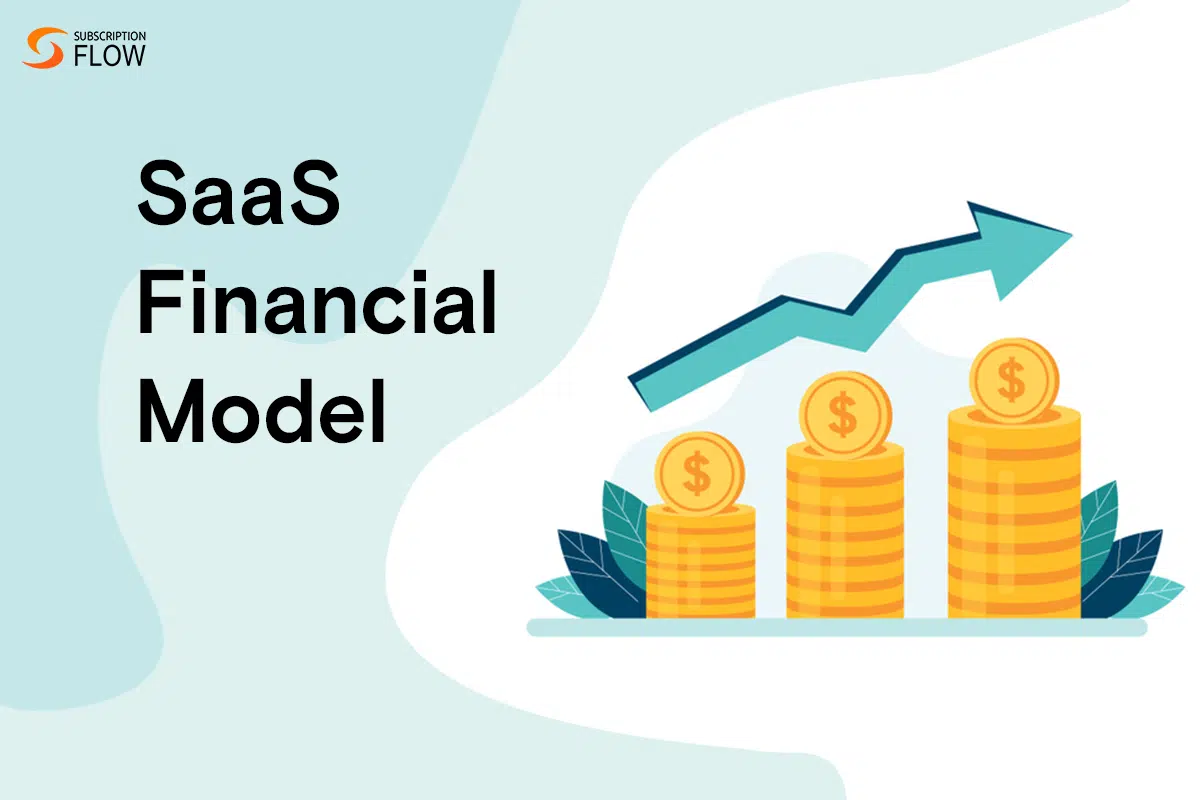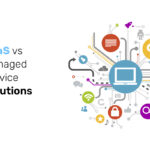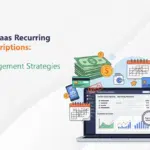
Here’s How the Right SaaS Financial Models Affect Your Business
What Are Financial Models?
A financial model can be defined as the process of charting your business’ revenue, costs and expenses to enable C-level executives to make the best possible decision with forecasts and predictive analysis. As simple as this sounds, the burden on a SaaS business can differ immensely due to the complexities that are native to the industry. Because in all other product-oriented businesses, financial models are fairly easy to make and assess.
Below, you’ll find a detailed overview to help you understand what makes SaaS financial models different and how you can make a financial model for your business that can help you make the best decisions.
Read More: Scale Your SaaS Business Growth With Service-Based Revenue
What Constitutes a Financial Model?
P&L Statement
The essence of a financial model includes a profit and loss statement that looks at the macro-economic viability of a business and provides you a detailed report of sales and revenue generation. The statement gives you an analysis of the costs and expenses you’re accruing for the production of each product while subtracting it all from the amount of revenue you’ve generated.
Quantifiable Financial Data Analytics
From the gross profit to the expenses including but not limited to production, marketing, advertising and promotion, everything can be included in a financial model because you’re either paying for or receiving payments for it. If you have any short or long-term debts, this will need to be reflected in the liabilities section of the report.
In addition to the above, a financial model will have to include metrics such as annual and monthly revenue depending upon the business model. This can become complicated for SaaS businesses that operate on a subscription-based revenue model and have to process recurring payments.
How are SaaS Financial Models Different?
If you’re a simple business with a single product, you can easily evaluate the finances involved in your business because the unit economics are fairly simple. Not only can you easily figure out the costs involved in making a product and shipping it to your customers, but since the payments are one-off, you don’t have to worry about recurring billing processes, delayed payments, etc. Therefore, the financial model charts for other businesses are plotted and analysed without much effort.
However, when it comes to SaaS business, the metrics and analytics become far more complicated. That’s because you’re not just talking about a single product, rather, you’re looking at a single software that is being used on a regular basis by recurring customers, each subscribed to a different monthly or yearly package, generating revenue on a recurring basis. The graphs for investments and returns are easier for product-based businesses but for SaaS, there are several factors and metrics need to be identified before they can be analysed.
Read More: Uncomplicate The Recurring Billing Process With A SaaS Billing Software
Factors that Impact SaaS Financial Models
ARPU
Firstly, since we’re talking about recurring billing payments, we get a macroeconomic unit known as the average revenue per user. For SaaS businesses, this is the smallest unit that can tell a business whether you’re profiting from your business venture. However, even calculating the revenue generated after the subtraction of cost and expenses is difficult because for SaaS businesses, the software itself is the product and it can cost a lot to continually host it, regardless of the number of users you have.
This is why the average SaaS business spends a lot in the beginning on its platform and marketing to get more clients that eventually pile up and generate revenue to break even with the investment.
Churn
Since an onboarding customer can increase the overall recurring revenue, customer churn can result in an equal decrease in the recurring revenue as well. Which is why customer churn rate is another metric that is to be included in your SaaS financial model’s forecasts. You will need to analyse past churn behavior and identify possibilities for reducing churn after you’ve successfully predicted possible churn that can occur in the future.
Read More: Is Customer Churn Troublesome? Opt For Subscription Box Business Model
CAC
Customer acquisition cost or CAC is one of the most important metrics for SaaS businesses. Since the product/service doesn’t require much in terms of reproduction, the rest of the investment in a SaaS business goes towards marketing your brand to beat the competition and gather customers that will continue to pay and help you grow your business.
Therefore, the cost that you’re spending on various advertisements, lead generation campaigns, etc., to acquire just one customer is one of the most important metrics that will reveal the fact whether you’re breaking even, profiting or losing money in your business.
CLV or LTV
Customer lifetime value (CLV or LTV) is a metric that is used by SaaS businesses to figure out exactly what value a customer generates and at what points during their buying process, in order to understand whether they are profitable for your business. For example, if you buy the same product from the same person for $10 every year over the course of 10 years, you have a customer lifetime value of $100.
This calculation can seem pretty straight forward for simple product-oriented businesses but for SaaS subscription models, this can be a nightmare for finance and accounting as the lifetime value of a customer is not only a lot, but is also subjected to a ton of uncontrollable and unpredictable factors such as possible upgradation or downgrades, churn and resubscription behavior, etc.
Read More: Track The Data Trail Of Your Customers And Grow Subscription Business With SubscriptionFlow
LTV: CAC
The lifetime value (LTV) to customer acquisition cost (CAC) ratio is integral to financial models of a business. To put it simply, you compare the cost you’re spending for the acquisition of a customer against the value they generate throughout their lifetime for your business. For any business, a ratio of 1:1 will mean that you’re breaking even with your investments. Whereas, if the ratio is 1:1.5, it means that you’re losing 50% more money on customer acquisition than you’re getting from the customer’s lifetime value.
How Do SaaS Financial Models Help Your Business?
Now that we know what a SaaS financial model is and how it works, let’s take a look at how it affects your business.
Make Data-Driven Decisions
As the details are presented, C-level executives can make a well-informed decision for the organization based on the financial findings of the model. Its necessity and importance can be integral for bigger companies who have internal as well as external stakeholders because unlike the organization’s members, these people only rely on financial reports and analysis provided by the company. And these metrics are key to understanding whether a sponsor/investor should continue or withdraw their investment from a SaaS venture.
Read More: Software Solutions That Should Be in Your SaaS Subscription Business’ Fintech Stack
Balance Growth and Revenue
SaaS business financial models can help an organization balance out its expenditures and figure out how to direct resources towards growth and generating more revenue. Ultimately, a financial model template for SaaS businesses can be decisive in projecting the possible scenarios for the organization and in case of a bad forecast, help the company steer away from loss by making better decisions.
Read More: Subscription Software And The Scope Of Recurring Billing Management
Takeaway
A subscription management platform that provides ready-to-use SaaS financial model templates and generates all the data for your accounting and finance departments is key to ensuring that all your forecasts are predicted with reliable and credible data.
The fact that all your billing payments and processes are carried out in an integrated environment and are accessible from anywhere by any of your department’s members to view and assess means that you’ll be able to take decisions with knowledgeable power.
Feel like you’re ready to employ a SaaS billing platform to automate all your finance operations? Try SubscriptionFlow now!










